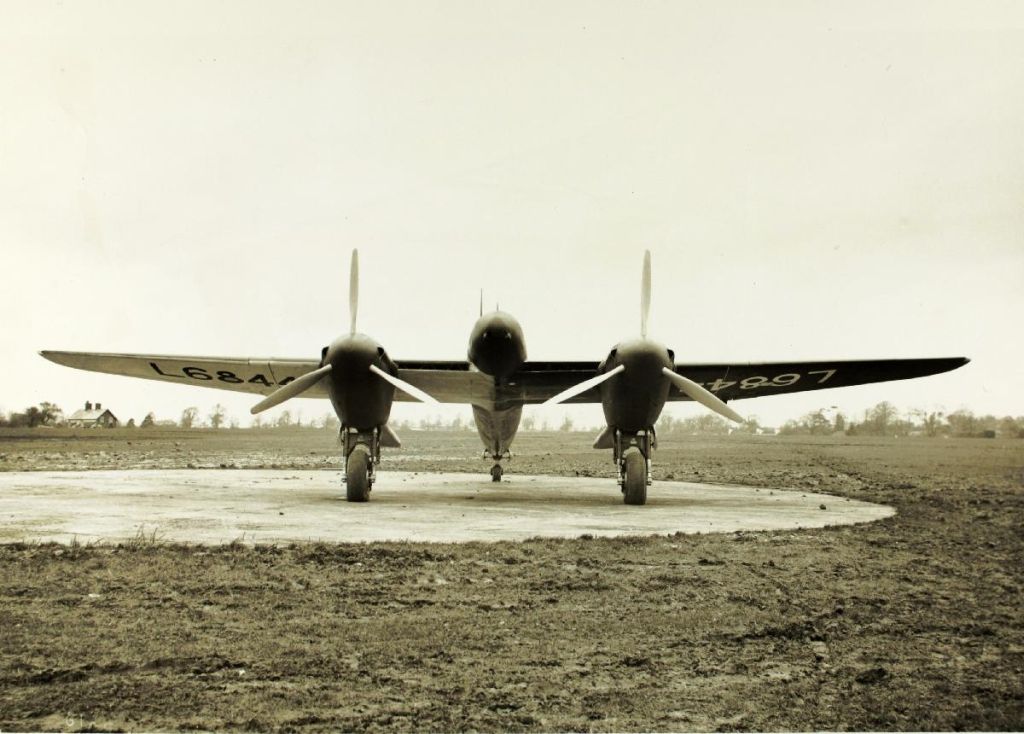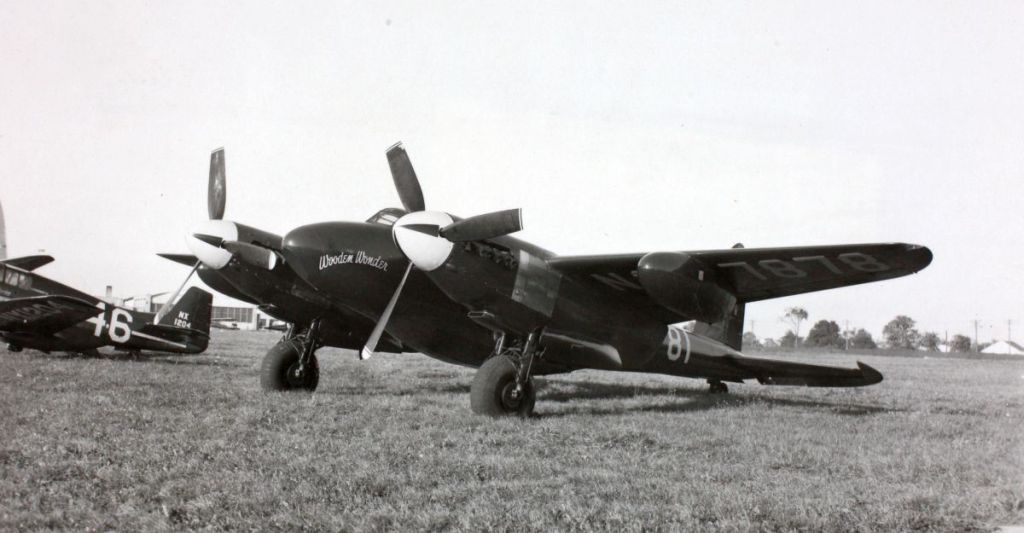Forums
- Forums
- Axis And Allies Forum
- General Discussion
- Photo of the week
Photo of the week
Post a reply
- Go to Next topic
- Go to Welcome
- Go to Introduce Yourself
- Go to General Discussion
- Go to Screenshots, Images and Videos
- Go to Off topic
- Go to Works in Progress
- Go to Skinning Tips / Tutorials
- Go to Skin Requests
- Go to IJAAF Library
- Go to Luftwaffe Library
- Go to RAF Library
- Go to USAAF / USN Library
- Go to Misc Library
- Go to The Ops Room
- Go to Made in Germany
- Go to Campaigns and Missions
- Go to Works in Progress
- Go to Juri's Air-Raid Shelter
- Go to Campaigns and Missions
- Go to Works in Progress
- Go to Skinpacks
- Go to External Projects Discussion
- Go to Books & Resources
-
 AdminCertainly the golden age of aircraft paint jobs!
AdminCertainly the golden age of aircraft paint jobs! -
10 years ago
 Main Admin
Main Admin -
10 years ago
 Main AdminA U.S. Army Air Force De Havilland Canada Mosquito which was flown at the U.S. National Advisory Committee for Aeronautics (NACA) Langley Research Center, Virginia (USA), by test pilot Bill Gray during longitudinal stability and control studies of the aircraft in 1945. This aircraft was originally a Mosquito B Mk XX, the Canadian version of the Mosquito B Mk IV bomber aircraft. 145 were built, of which 40 were converted into photo-reconnaissance aircraft for the USAAF, which designated the planes F-8.
Main AdminA U.S. Army Air Force De Havilland Canada Mosquito which was flown at the U.S. National Advisory Committee for Aeronautics (NACA) Langley Research Center, Virginia (USA), by test pilot Bill Gray during longitudinal stability and control studies of the aircraft in 1945. This aircraft was originally a Mosquito B Mk XX, the Canadian version of the Mosquito B Mk IV bomber aircraft. 145 were built, of which 40 were converted into photo-reconnaissance aircraft for the USAAF, which designated the planes F-8.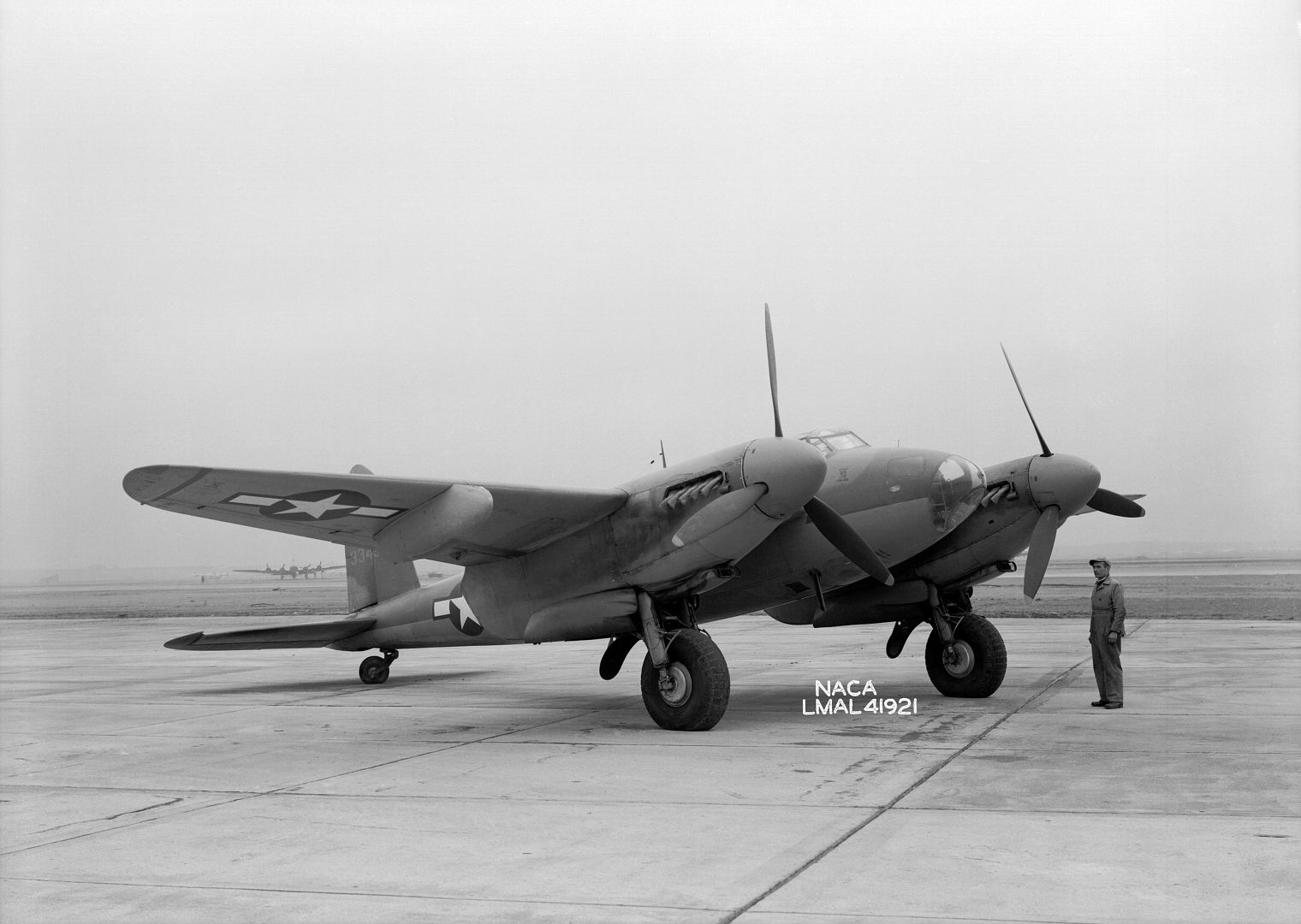
-
10 years ago
 Main Admin
Main Admin -
10 years agoSat Jan 25 2014, 12:26pm
 Main AdminThis week Republic P-47D-15-RE Thunderbolt 42-76141 "Mud N? Mules"
Main AdminThis week Republic P-47D-15-RE Thunderbolt 42-76141 "Mud N? Mules"
It belonged to 350th Fighter Squadron, 353rd Fighter Group, 8th Air ForceCapt. Newhart, who was KIA on June 12,1944 during a strafing mission to France. He was jumped by Me 109s while flying a P-47D (s/n 42-26402) named ?Sobrette? and crashed near the coast. MACR 5749
This aircraft was re-assigned to Capt. Lonnie M. Davis who renamed it ?Arkansas Traveler? but retained the mule artwork out of respect for Newhart.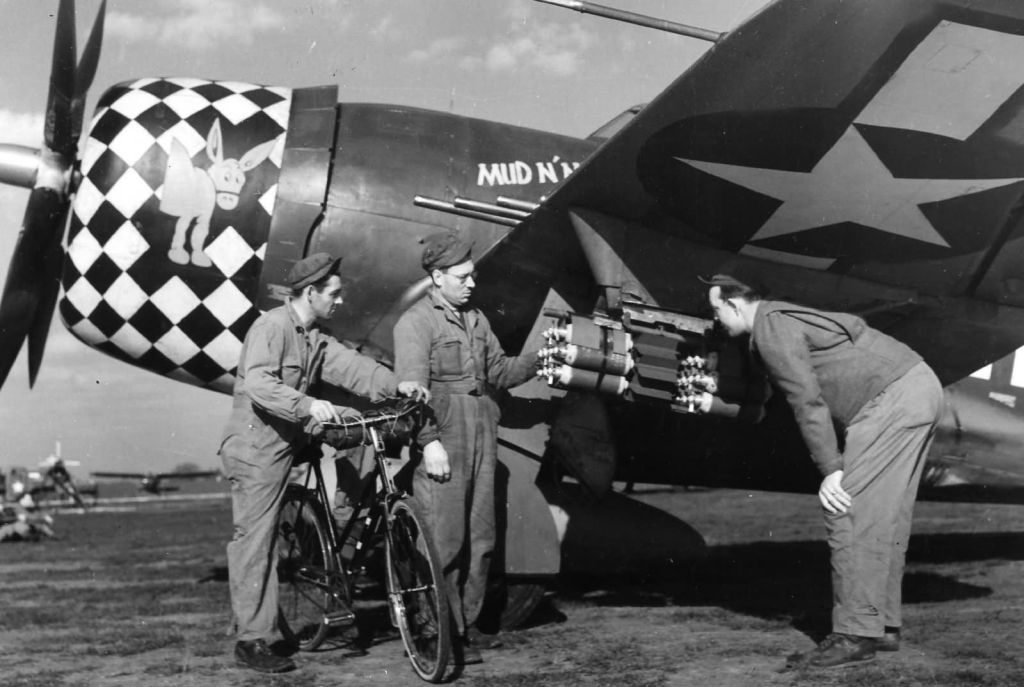
BELOW ?Arkansas Traveler?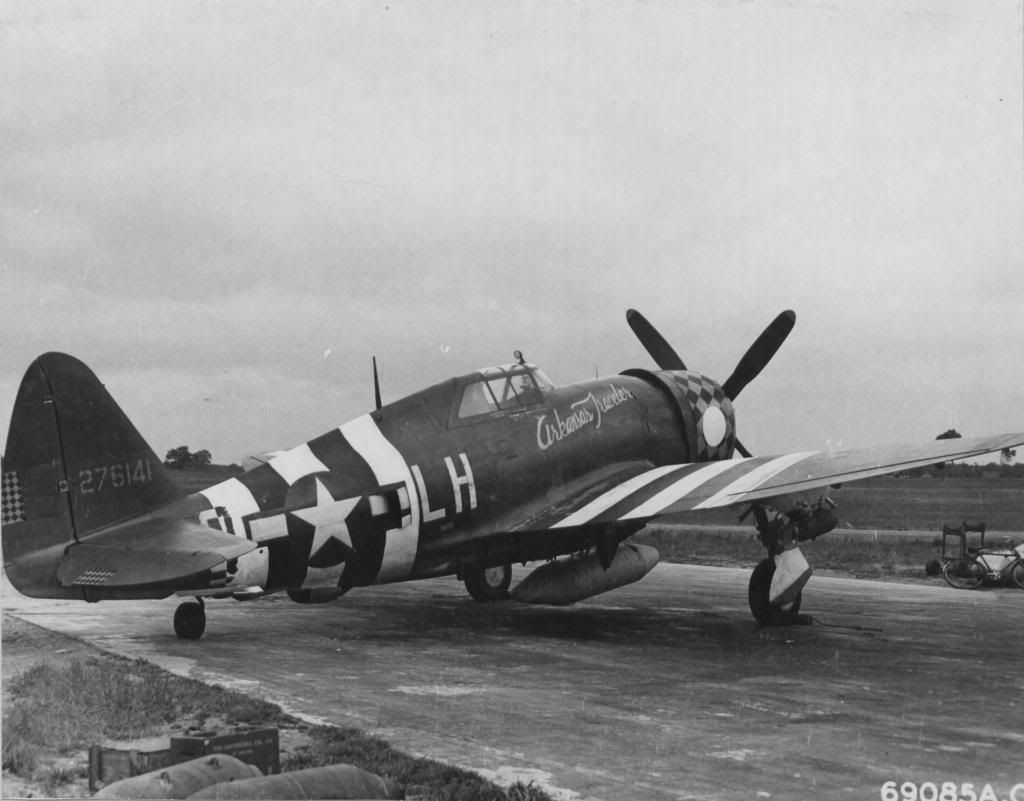
-
10 years ago
 Main AdminStaying with P-47's ( from the flight archives)
Main AdminStaying with P-47's ( from the flight archives)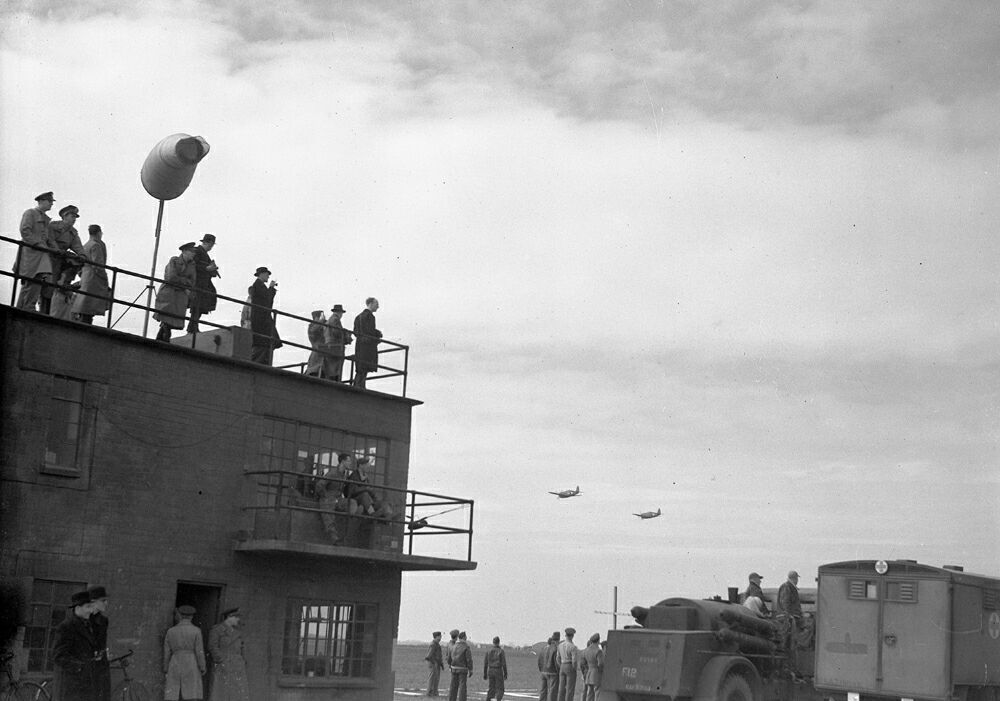
Two Republic P-47Cs of the 62nd Fighter Squadron, 56th Fighter Group fly down the runway on the occasion of the type being introduced to the British press, 10th March 1943.
Republic P-47C Thunderbolt coded '267' of the 62nd Fighter Squadron, 56th Fighter Group.
Republic P-47C Thunderbolt 41-6209 of the 62nd Fighter Squadron, 56th Fighter Group taxiis to a halt to allow the 'Flight' photographer and other members of the British press take a look at this powerful fighter. In the background is another P-47C coded '267'.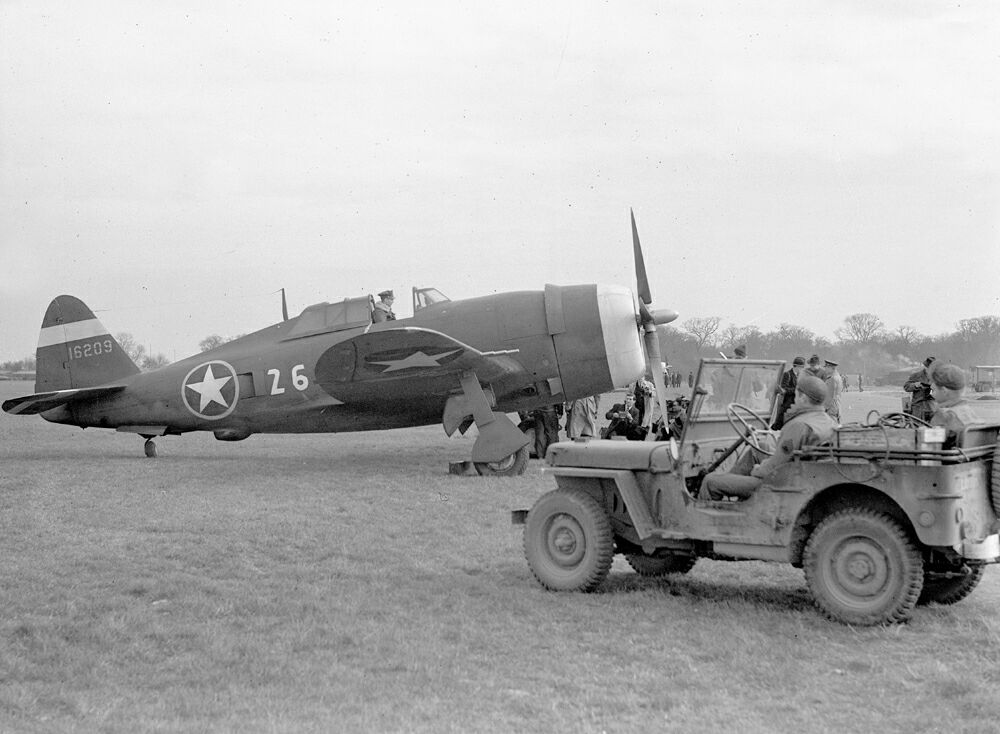
Republic P-47C Thunderbolt, 41-6209, of the 62nd Fighter Squadron, 56th Fighter Group on the occasion of the type being introduced to the British press, 10th March 1943.
-
10 years agoFri Jan 31 2014, 06:38pm
 Level 7Very nice. 41-6209 looks immaculate. Very little wear & tear to be seen. Cowl-panels all nice and tight; No hectic servicing effects to be seen... yet; or it has been cleaned up for the occasion. The original smaller wing under side marking has been replaced with the larger version. See the huge size of the propeller blade (compare to the group of men standing next to the wing) in the second photo of this batch.
Level 7Very nice. 41-6209 looks immaculate. Very little wear & tear to be seen. Cowl-panels all nice and tight; No hectic servicing effects to be seen... yet; or it has been cleaned up for the occasion. The original smaller wing under side marking has been replaced with the larger version. See the huge size of the propeller blade (compare to the group of men standing next to the wing) in the second photo of this batch. -
10 years ago
 Main AdminIf I remember correctly, they had not flown a combat mission yet.
Main AdminIf I remember correctly, they had not flown a combat mission yet.
There were some amusing comments made at this time about the size, of the P-47, from the Brits, as they were use to the lines of the Spitfire.
After a few months that changed of course.
-
 Level 7
Level 7There were some amusing comments made at this time about the size, of the P-47, from the Brits, as they were use to the lines of the Spitfire.
Duggy
And not just by the British.
"...When we looked at the first Thunderbolt, we thought we were looking at a Stirling bomber. It was an enormous thing after the Spitfire and we were horrified to take this unwieldy thing to the air. After I had test flown it, I said to Don Blakeslee, our wing commander, at least this thing will be able to outdive the German fighters. On one of our first missions I was on blakeslee's wing and down we went on 109's and 190's, in their standard procedure for evasion, diving for the deck. Sure enough we caught up with them in the dive and were able to shoot them down. 'See Don, I said it could dive.' 'Well,' he answered, 'it damn well ought to because it sure as hell can't climb.'"
James A. Goodson
The Mighty Eighth by Gerald Astor, Dell Books 1997.
-
10 years ago
 Main AdminTwo this week.
Main AdminTwo this week.
PZ865, the last Hurricane ever built, came off the Hawkers production line at Langley, Buckinghamshire, with the inscription ?The Last of the Many? below the cockpit on left and right sides. The last Hurricane was first flown Langley by Group Captain P.W.S. Bulman, Hawker?s chief test pilot who had flown the first prototype ten years earlier, in August 1944. A Mark IIc armed with 4 20mm cannon, the airplane was bought back from the Air Ministry by Hawkers and was then mothballed. In 1948, the airplane was brought back to operational status and employed as a company communications and test hack. In late 1949, advised that the government planned to ban the licensing of former military combat aircraft on the civil list, Hawkers announced the Hurricane would be used for public relations promotions in the newly-restarted air race circuit. PZ865, painted in royal blue with gold trim, made its first public appearance as G-AMAU at the Garden Party held by the Royal Aeronautical Society at White Waltham, on May 14, 1950. The Certificate of Airworthiness was granted on May 23, 1950, and the Hurricane was licensed as G-AMAU.
That year, it was entered in the King?s Cup Air Race by HRH Princess Margaret, who was then beginning her public career as a Royal Patrol of various activities. The King?s Cup Air Race, which had been established by King George V as an incentive to the development of light aircraft and engine design. The race, which was open to all British subjects flying a British airplane that weighed less than 5,000 pounds and had an engine of at least 110 horsepower, was first held in 1922. The first race, held on September 8-9, was an 810 mile event starting at Croydon Aerodrome south of London, to Glasgow, Scotland, and back after an overnight stop. The winner of the first race was Frank Barnard, chief pilot of the Instone Air Line, in a passenger-carrying De Havilland D.H.4.
The contest resumed in 1949, with the event flown over a closed course of 33 miles for five laps and a total distance of 167 miles, and was heavily handicapped to give all contestants a chance of winning.
In the 1950 race, G-AMAU was flown by Battle of Britain ace Group Captain Peter Townsend, and achieved second place, losing narrowly to the Percival Mew Gull that had won the 1934 race, which had been restored after the war.
Following the humiliation of losing to the restored Mew Gull, Hawkers took the opportunity following the event to lighten the Hurricane and further streamline it by removing the redundant radio mast. Townsend was again sponsored by Princess Margaret for the 1951 race, but it was canceled due to bad weather on the day of the event. Shortly thereafter, Princess Margaret?s father, King George VI, died, and with him died t he King?s Cup. The Royal Family had other matters to deal with between then and the coronation of Queen Elizabeth in 1953 and never again sponsored an air race.
Following the cancellation of the King?s Cup in 1951, PZ865 was flown at a variety of other events including a Vintage Aircraft Rally in 1952, and another Royal Aeronautical Society Garden Party in 1953. Don Lucy flew it in the National Air Races in 1954 and famed fighter and test pilot Bill Bedford flew it at the RAE Jubilee in 1955.
Through the rest of the 1950s, PZ865 continued to be operated by Hawkers in its overall royal blue with gold trim scheme. Most notably, it was the chase plane for the first flight and low speed trials of the Hawker Kestrel, which was later developed into the Harrier. As interest in wartime aircraft began to rise in the early 1960s, PZ865 was returned to its wartime camouflage scheme with the original inscription. It continued as a company ?hack,? and was also flown at various air shows by Bill Bedford. In the mid-1960s, PZ865 was flown in the movie ?The Battle of Britain? along with the other two then-flyable Hurricanes left.
In 1972 the aircraft was refurbished and presented by Hawkers to the Royal Air Force Battle of Britain Memorial Flight then based at RAF Coltishall, reverting to its RAF serial as identity.
Formerly painted as code JX-E to represent "Night Reaper" flown by 1 Squadron fighter ace Flt Lt Karel Kuttelwascher DFC during night intruder operations from RAF Tangmere, In 2010 the Battle of Britain Memorial Flight began a rebuild of Hawker Hurricane PZ865 which now wears a new colour scheme, faithfully replicating Hurricane Mk IIC HW840, coded ?EG-S?, of 34 Squadron, South East Asia Command during 1944, the personal aircraft of Canadian pilot, Flight Lieutenant Jimmy Whalen DFC.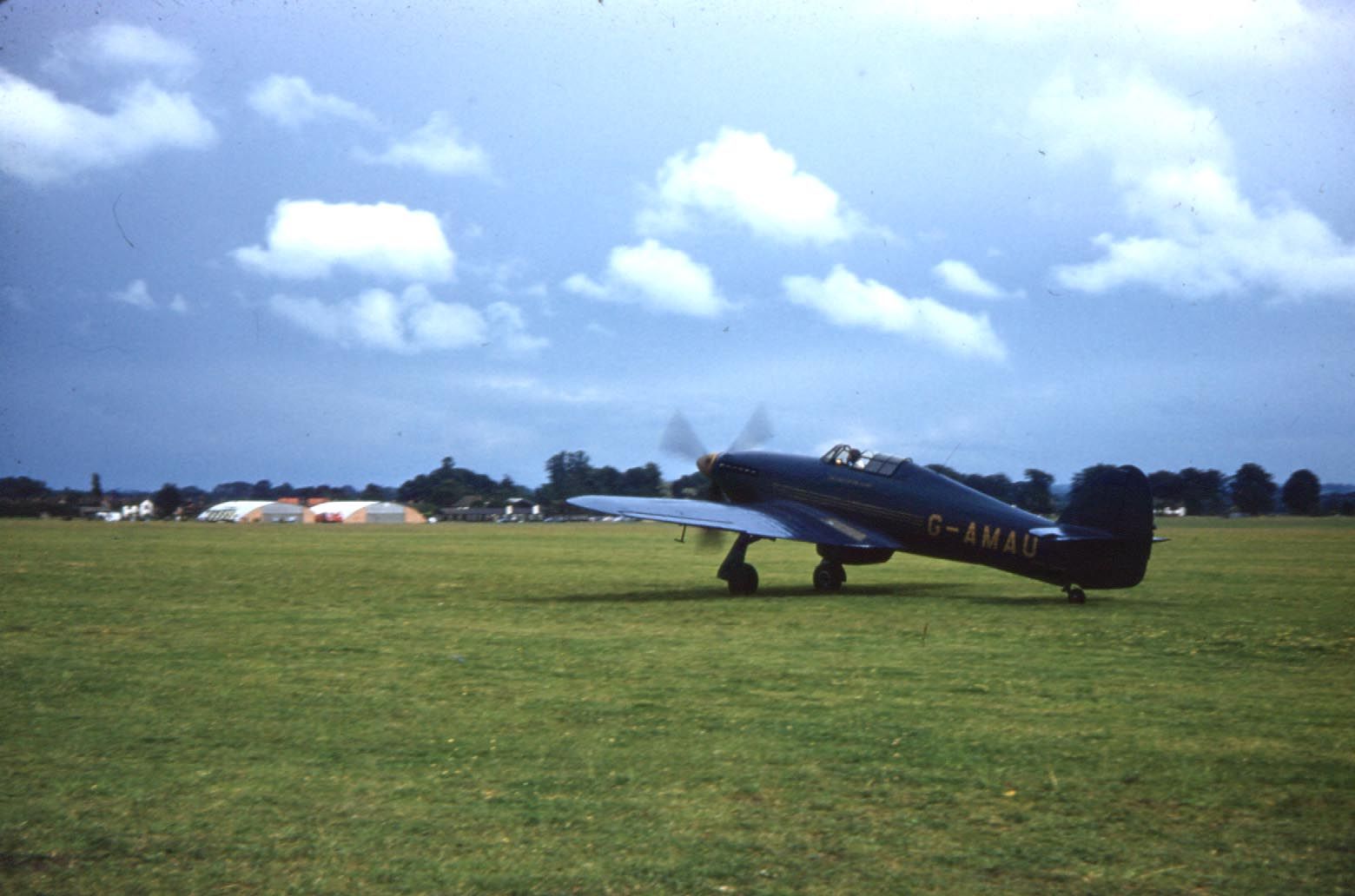
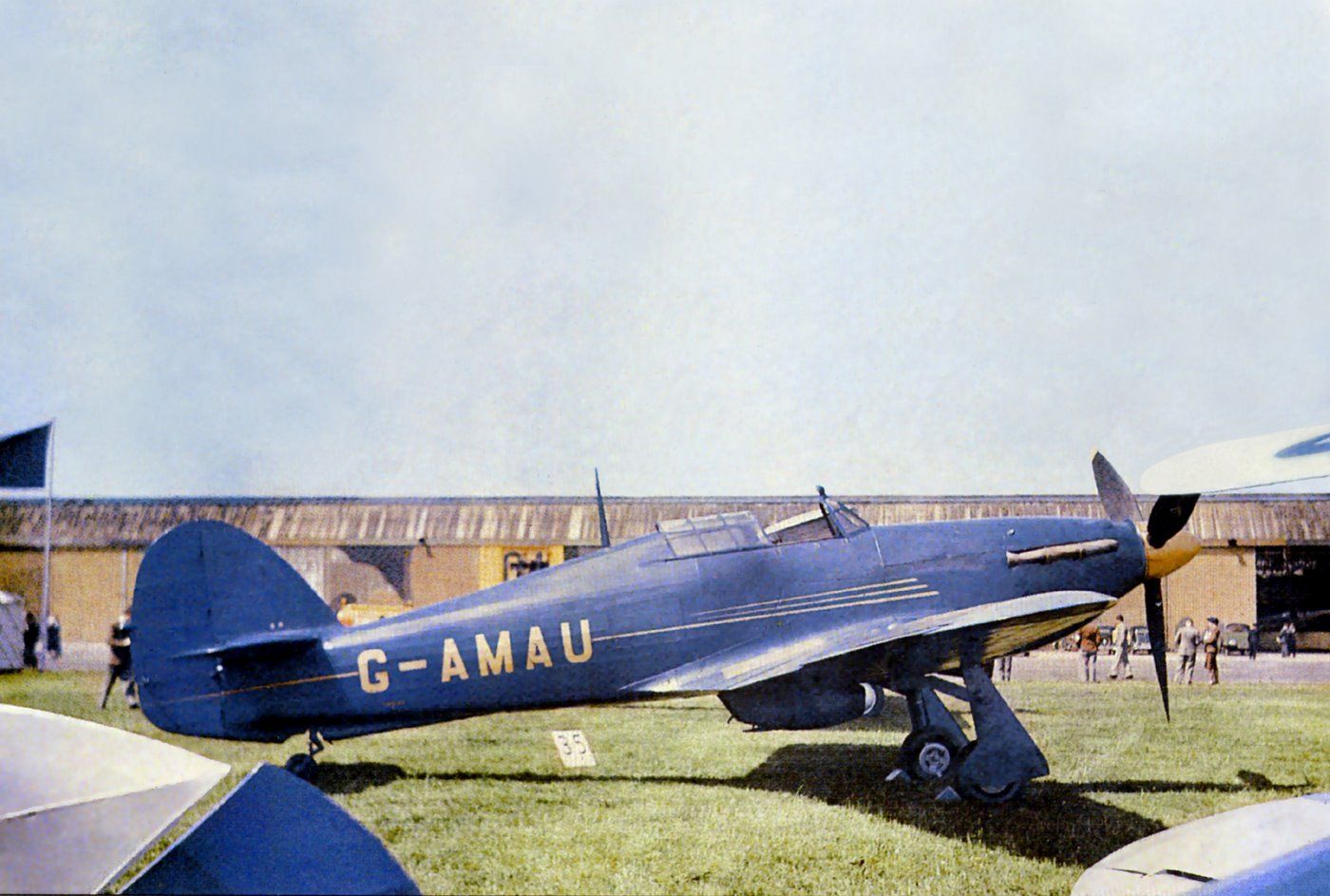
Post a reply
- Go to Next topic
- Go to Welcome
- Go to Introduce Yourself
- Go to General Discussion
- Go to Screenshots, Images and Videos
- Go to Off topic
- Go to Works in Progress
- Go to Skinning Tips / Tutorials
- Go to Skin Requests
- Go to IJAAF Library
- Go to Luftwaffe Library
- Go to RAF Library
- Go to USAAF / USN Library
- Go to Misc Library
- Go to The Ops Room
- Go to Made in Germany
- Go to Campaigns and Missions
- Go to Works in Progress
- Go to Juri's Air-Raid Shelter
- Go to Campaigns and Missions
- Go to Works in Progress
- Go to Skinpacks
- Go to External Projects Discussion
- Go to Books & Resources
